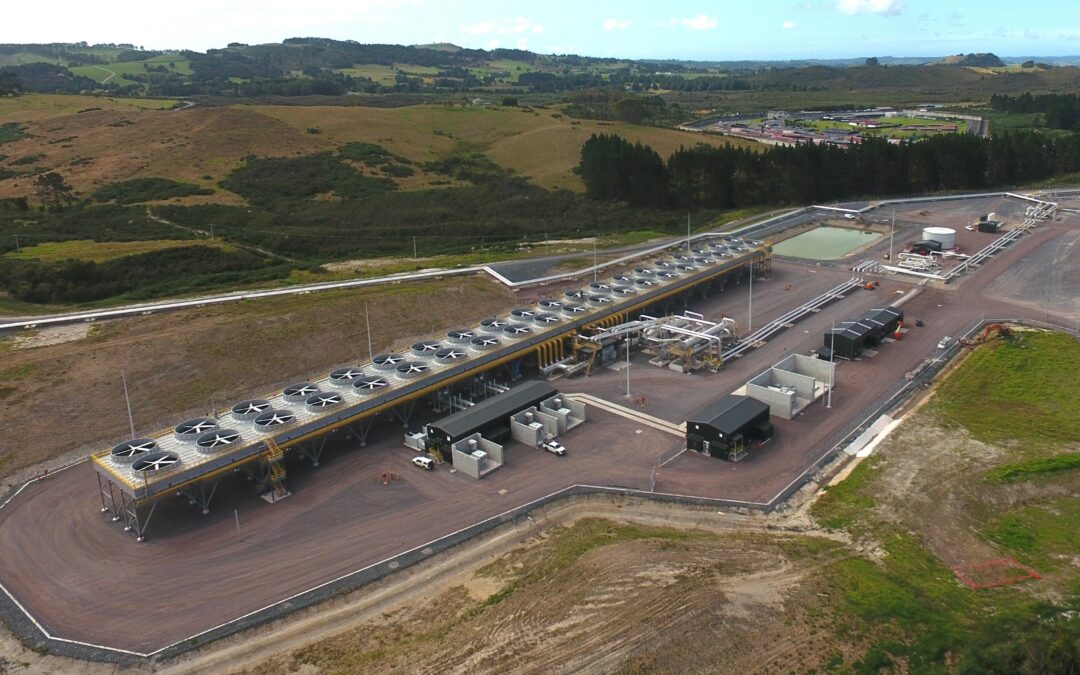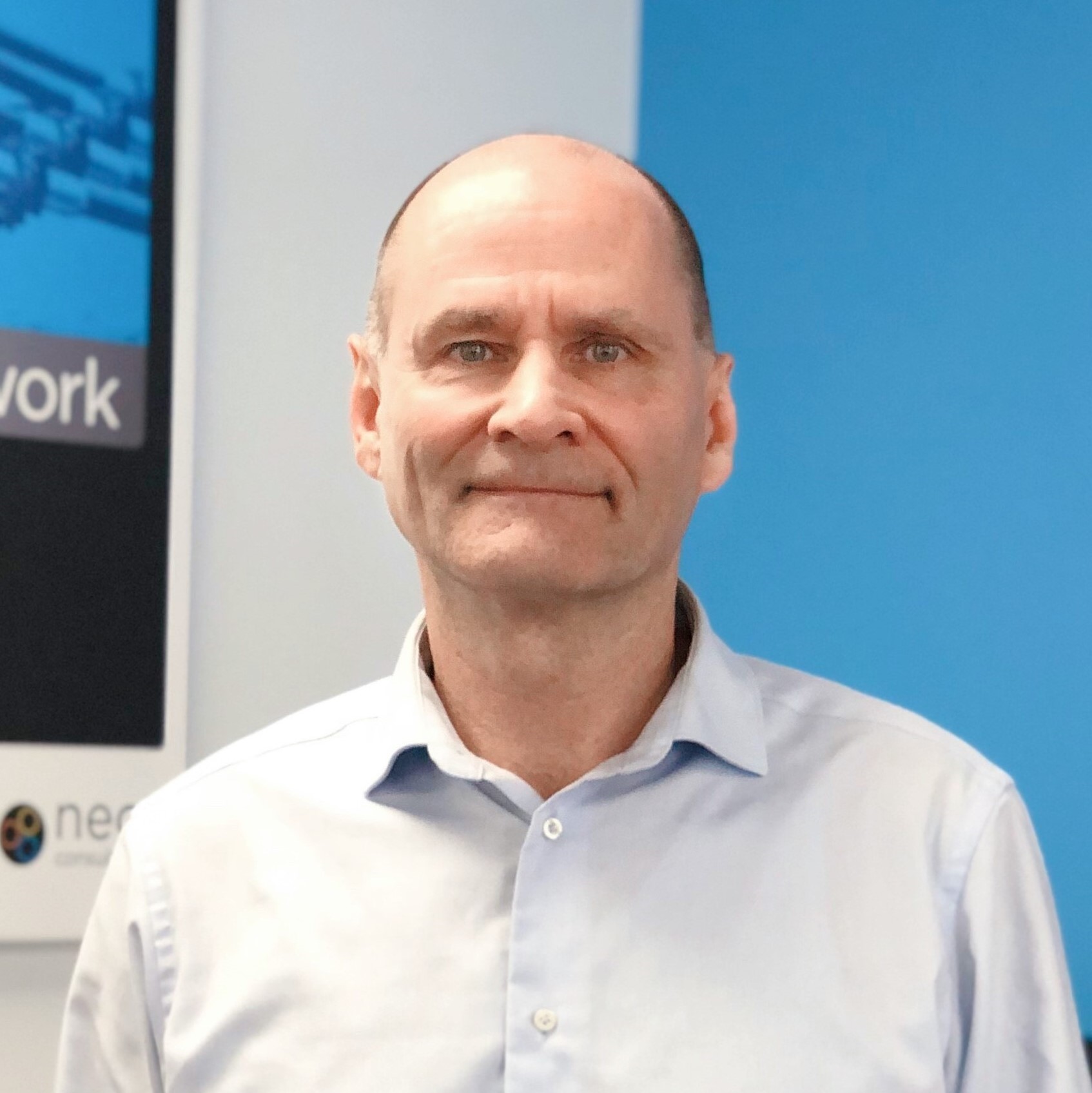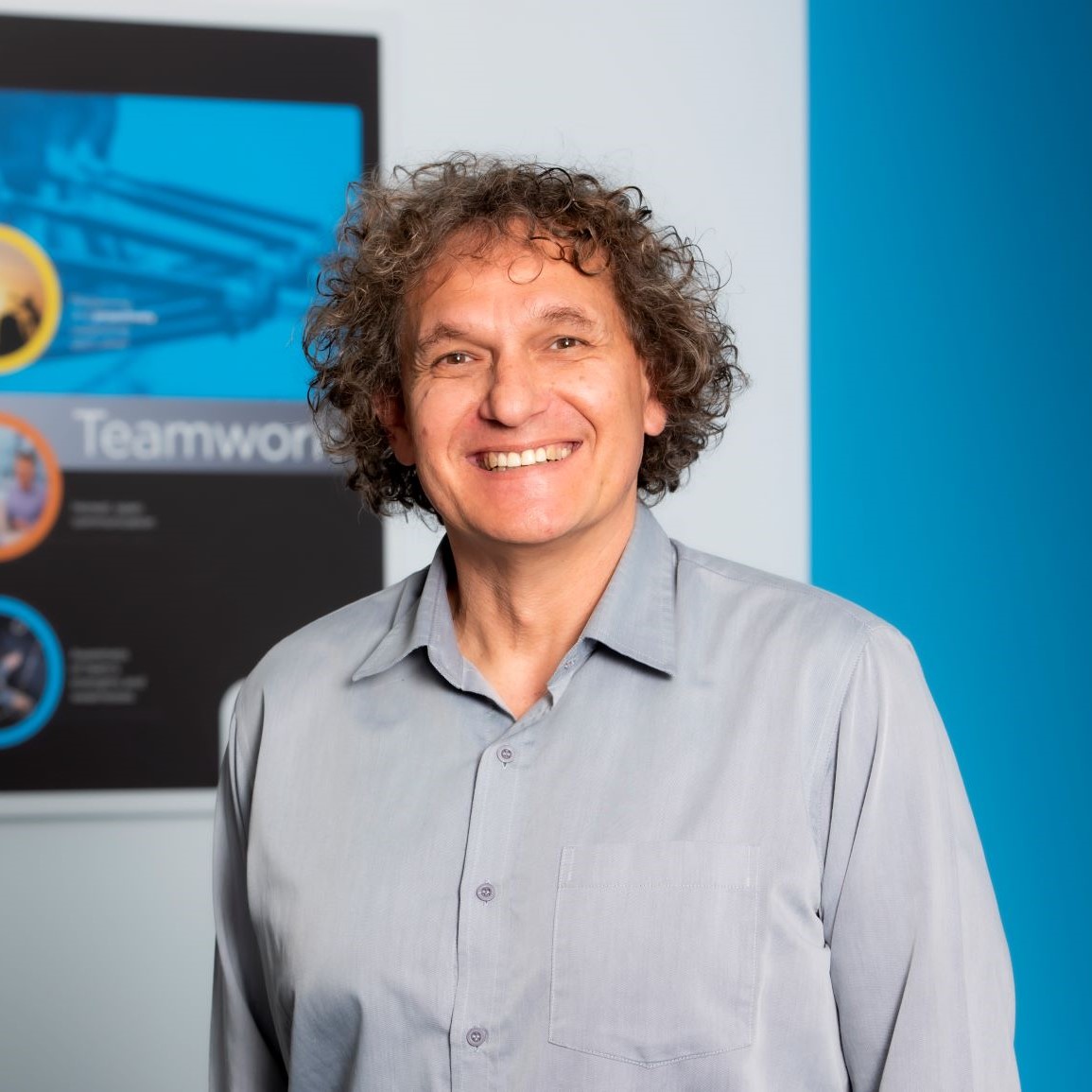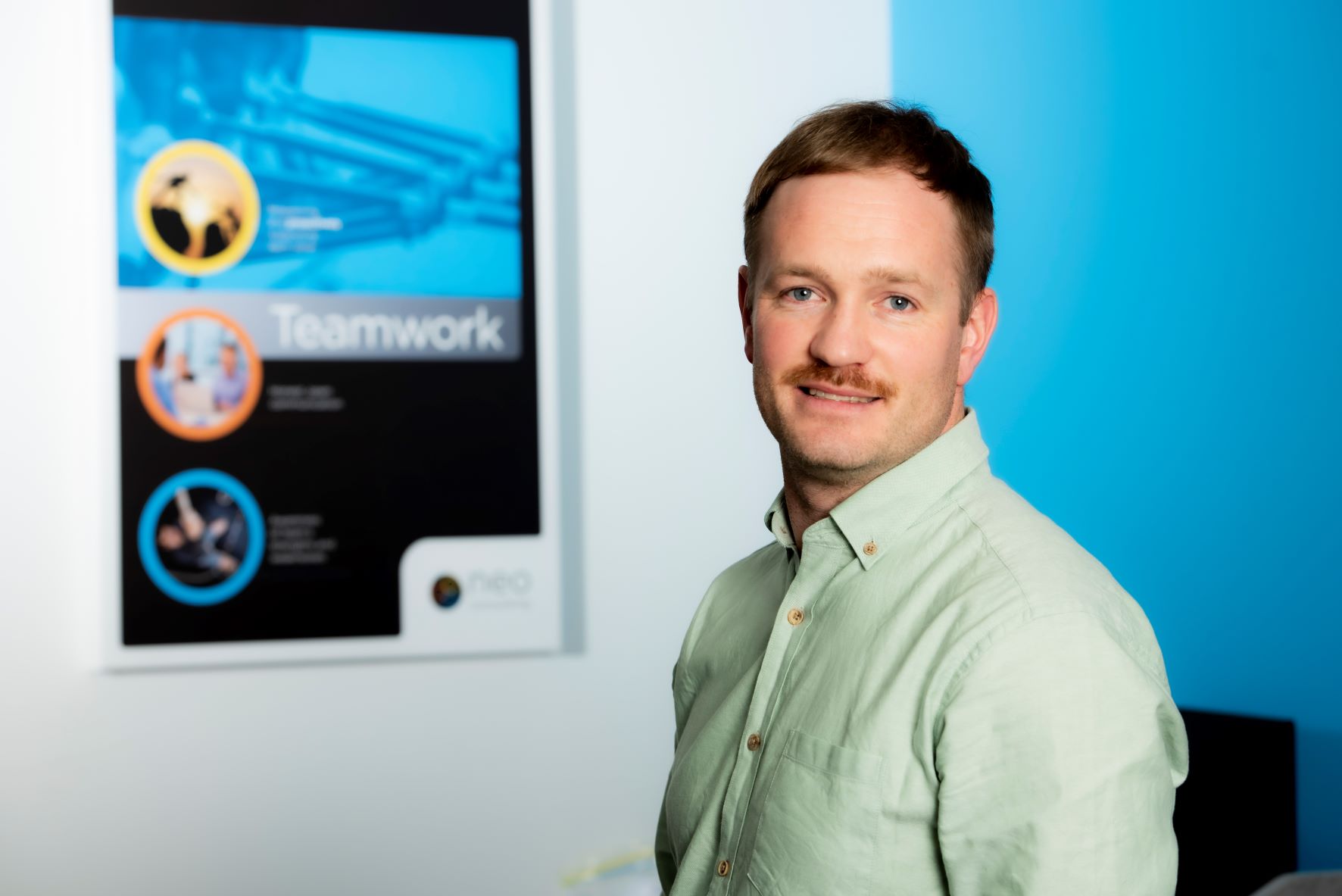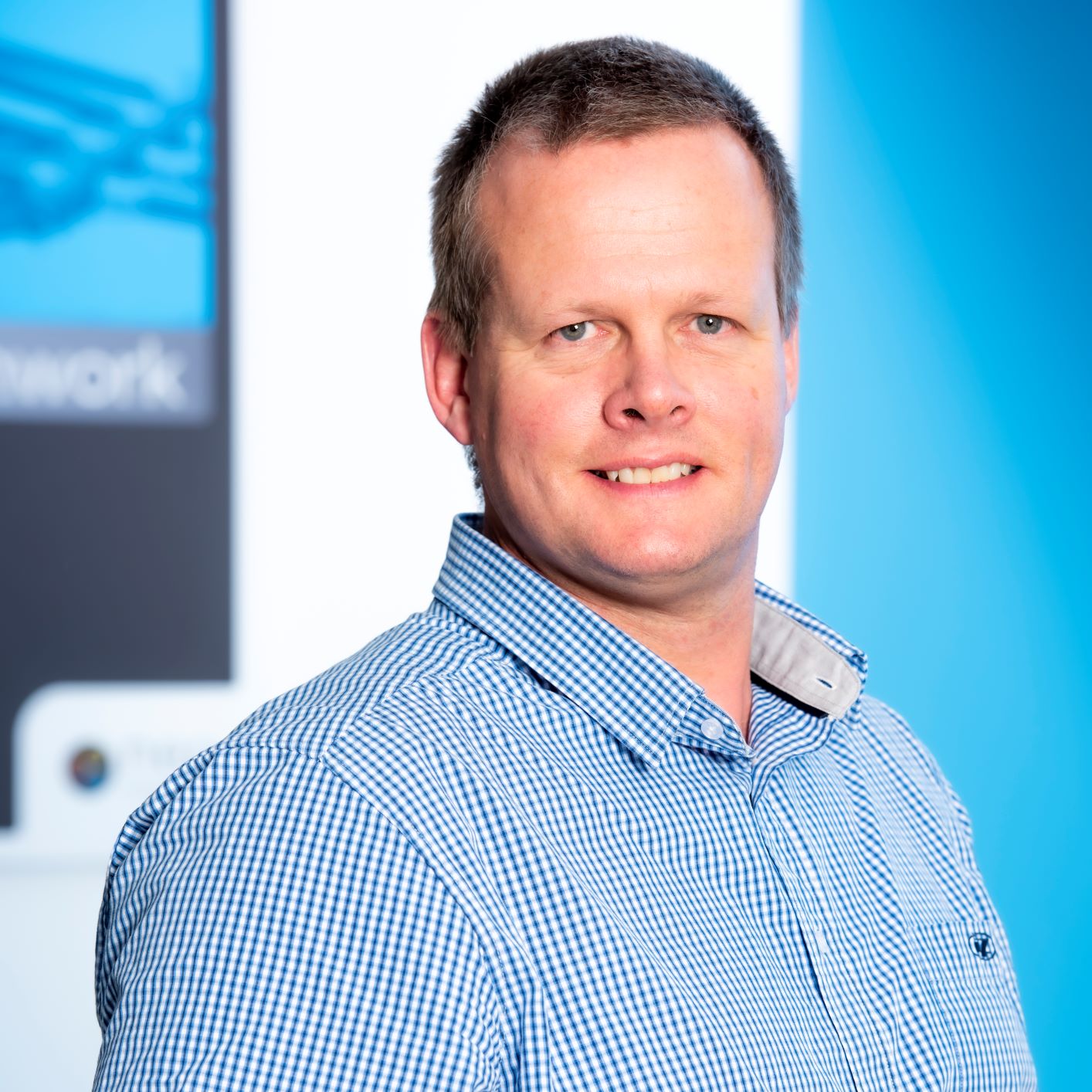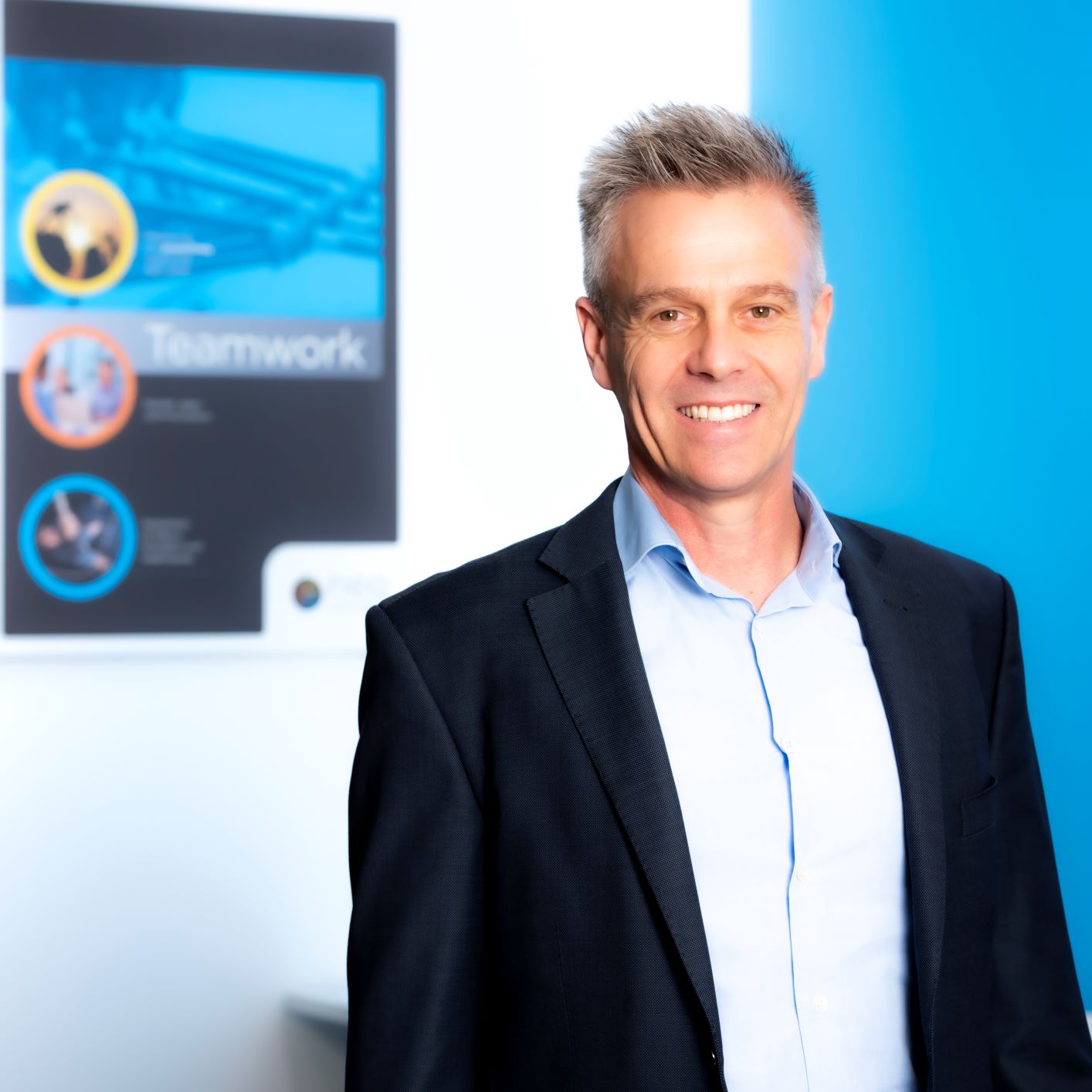Power distribution is a critical aspect of New Zealand’s electrical infrastructure, ensuring a reliable supply of electricity to industries, manufacturing facilities, and essential services across the country.
Below we will delve into the key elements and insights surrounding power distribution in New Zealand, shedding light on its significance and the engineering marvels involved in maintaining a robust and sustainable electrical grid.
Generation: Diverse Mix of Energy Sources
New Zealand benefits from a rich array of renewable energy sources that power its electricity generation. Hydroelectric power plants, utilising the energy of the country’s abundant rivers, contribute significantly to the generation mix. Geothermal energy, wind farms, and solar power installations also play crucial roles in meeting the nation’s energy demands sustainably. However, when required the system can also call on coal and gas generators to supplement the supply. These sources are harnessed through innovative engineering techniques, promoting environmental benefits and grid integration.
Transmission: Efficiently Transporting Electricity
The transmission network in New Zealand efficiently transports electricity over long distances. High-voltage transmission lines and substations ensure power can reach even the most remote regions of the country. Technological advancements in transmission infrastructure are continuing to minimise losses and ensured grid stability, enabling reliable electricity supply across the nation.
Distribution: Delivering Electricity to Industries and Infrastructure
The distribution network is the final link in the national power supply chain, delivering electricity to manufacturing facilities, water & wastewater treatment plants, residential areas, and vital infrastructure. This intricate network comprises power lines, transformers, and substations, forming the backbone of the system. Engineering considerations focus on optimising the distribution network to handle growing energy demands and maintain a reliable supply.
Users: Distributing the power throughout your site
Just like all the steps before, distributing the power throughout industrial sites needs careful engineering consideration. There are many different methods of achieving this, and each of them has cost and efficiency pros and cons. Industrial sites can also have their own unique constraints to deal with, meaning solutions need to be adaptable to ensure the best overall outcome.
Safety Measures: Protecting Workers and the Public
Safety is paramount in the field of electrical engineering, and power distribution is no exception. Rigorous safety measures are in place to protect workers, prevent outages, and ensure the safety of the general public. Adherence to safety protocols, regulations, and standards is crucial during the design, installation, and maintenance of power distribution systems.
At Neo, we are committed to delivering comprehensive electrical engineering solutions that support the power distribution requirements of our clients. Our expertise, coupled with a deep understanding of the local landscape, enables us to design, implement, and maintain power distribution systems that are efficient, reliable, and sustainable.
Contact us to learn more about our services and how we can assist you in navigating the complexities of power distribution on your site.


